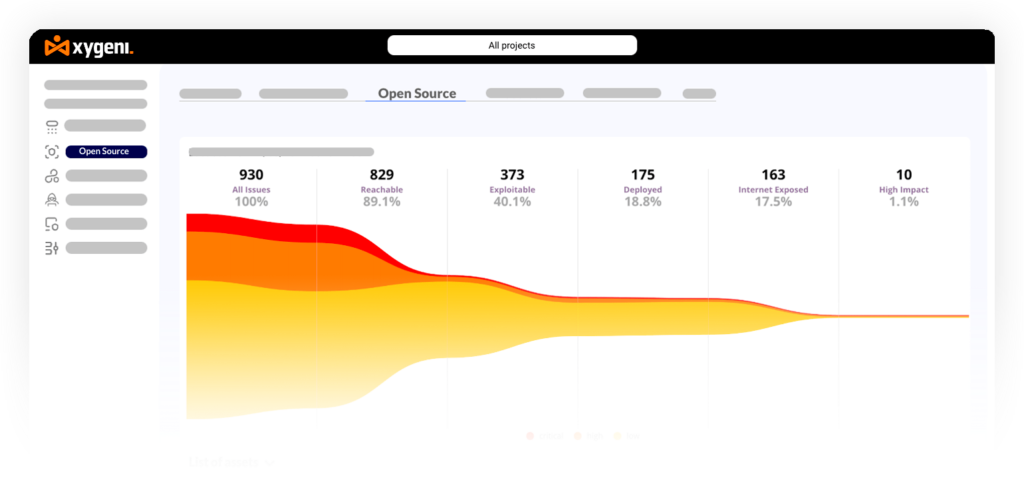Understanding Why GPG Checks Fail During Builds
When your CI/CD pipeline breaks with the error: gpg check failed, it’s not just a build annoyance; it’s a signal that artifact integrity can’t be trusted. Common reasons include:
- Expired or revoked GPG keys
- Missing trust in imported keys
- Unsigned or tampered artifacts
- Misconfigured keyrings in ephemeral build environments
Example errors developers often encounter:
gpg: keyserver receive failed: No keyserver available
error: gpg check failed
gpg: BAD signature from "Package Maintainer <maintainer@example.com>"
error: gpg failed to sign the data
These GPG error messages show up during package installs, Docker builds, or CI/CD dependency resolution. Instead of bypassing them, developers need to treat them as supply chain red flags.
Security Risks of Ignoring GPG Errors in Pipelines
It’s tempting to skip signature validation when the error: gpg check failed blocks a release. But ignoring GPG error messages allows unsigned or malicious artifacts into your builds.
Why this matters for the supply chain:
- Unsigned dependencies: Attackers can slip trojanized versions into public repos.
- Tampered packages: A man-in-the-middle attack injects altered binaries while your pipeline happily ignores GPG.
- Rollbacks and drift: Without signed verification, developers can’t guarantee that the artifact in production matches what was tested.
Ignoring these errors is the equivalent of disabling TLS because it’s “too noisy.” In DevSecOps terms, every GPG error is a supply chain defense mechanism.
Diagnosing and Fixing GPG Key and Signature Issues
Most errors: gpg failed to sign the data, or verification errors trace back to basic key management. Check out common fixes.
Check existing keys
gpg --list-keys- Confirms which public keys are imported in your build environment.
Import missing keys
gpg --recv-keys <KEY_ID>- Retrieves the required maintainer key from a keyserver.
Refresh outdated keys
gpg --refresh-keysEnsure trust level
Keys must be marked trusted for the pipeline to verify them properly.
In ephemeral CI/CD environments, it’s common for GPG error messages to appear because keys weren’t persisted between jobs. Always define a reproducible key import step in your pipeline.
Enforcing Secure Signature Validation Across Builds and Dependencies
Fixing GPG errors manually isn’t enough. To prevent unsigned artifacts from slipping in, enforce automated signature validation across dependency managers.
Examples in common ecosystems
Maven: mvn verify -P gpg
- npm: Enforce signed package installation with registry-level settings.
- pip: Prefer PGP-signed wheels and validate against trusted keys.
Mini Dev Checklist for GPG Enforcement
- Fail builds on any error: gpg check failed
- Enforce LDAPS:// or HTTPS keyserver access, never plaintext
- Store trusted keys in secured vaults, not in repo
- Rotate and refresh GPG keys regularly
- Require signed artifacts for promotions between staging and production
Automating GPG enforcement ensures developers don’t make ad-hoc exceptions that compromise the supply chain.
Strengthening Artifact Integrity with DevSecOps Practices
GPG validation should be part of a larger artifact integrity strategy. Signatures confirm publisher identity, but you should combine them with:
- Checksums to verify binary integrity.
- SBOMs (Software Bill of Materials) to map dependencies.
- Static analysis to spot unsafe patterns in packages.
Tools like Xygeni complement GPG validation by scanning pipelines for unsigned artifacts, detecting tampered dependencies, and enforcing consistent signature checks. This reduces the likelihood that a single GPG error gets bypassed and turns into a full supply chain incident.
Quick Troubleshooting Table: Fixing Common GPG Errors in Builds
| Error Message | Root Cause | Secure Fix |
|---|---|---|
| error: gpg check failed | Missing public key, unsigned artifact, or trust issue | Import the correct public key with gpg --recv-keys <KEY_ID> and ensure the artifact is signed. |
| error: gpg failed to sign the data | GPG not configured correctly in CI/CD environment (no default key or passphrase missing) | Configure gpg --list-secret-keys and set the correct key for signing; ensure passphrase is available securely (agent, vault). |
| gpg: keyserver receive failed: No keyserver available | Network issue or a blocked key server in the build environment | Use a reliable keyserver (hkps://keys.openpgp.org) or mirror in your infra. |
| gpg: BAD signature from "Maintainer <mail>" | The artifact has been tampered with, or the wrong key has been imported | Stop the build immediately; verify the correct key fingerprint; reject the artifact. |
| gpg: no valid OpenPGP data found | The downloaded key is corrupted or invalid | Re-fetch using gpg --recv-keys with a trusted keyserver and validate fingerprint manually. |
| Build continues despite unsigned packages | Pipeline ignores verification, or config is bypassed | Enforce signature verification in Maven (mvn verify -P gpg), npm signed packages, or pip with PGP checks. |
Error: GPG Check Failed: Secure Builds Start with Trust
A failing GPG check is never just noise. Each error: gpg check failed, error: gpg failed to sign the data, or generic gpg error represents a break in your trust chain. If you ignore it, you’re giving attackers an open path to inject malicious artifacts into your CI/CD pipelines.
Key takeaways:
- Always investigate GPG error messages; they are security signals
- Use reproducible key management practices in builds
- Enforce signature validation in all dependency managers
- Combine GPG with checksums, SBOMs, and vulnerability scans
- Leverage tools like Xygeni to automate checks and enforce signature policies in real time
In DevSecOps, trust is enforced, not assumed. Every time you see the error: gpg check failed, treat it as an opportunity to harden your pipeline, not a hurdle to skip.







